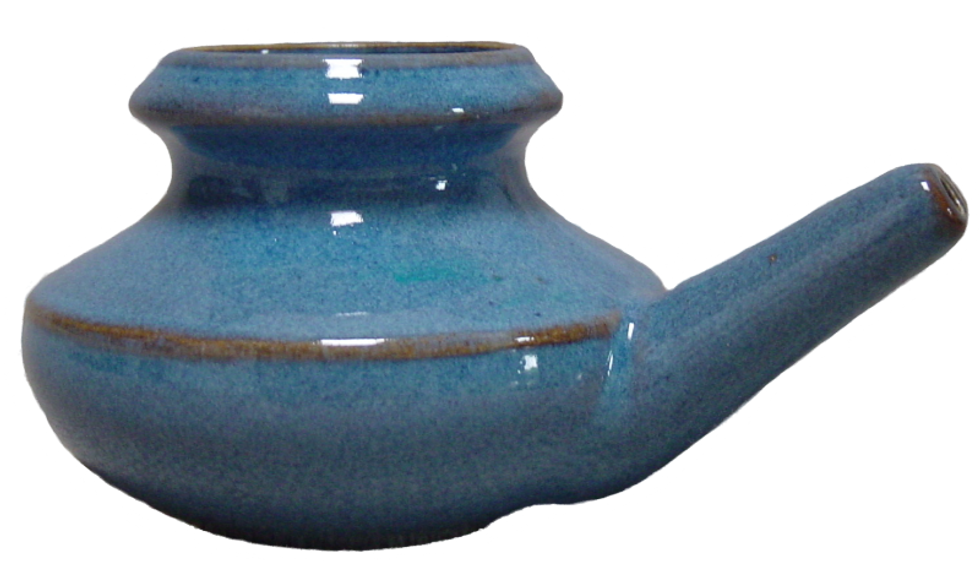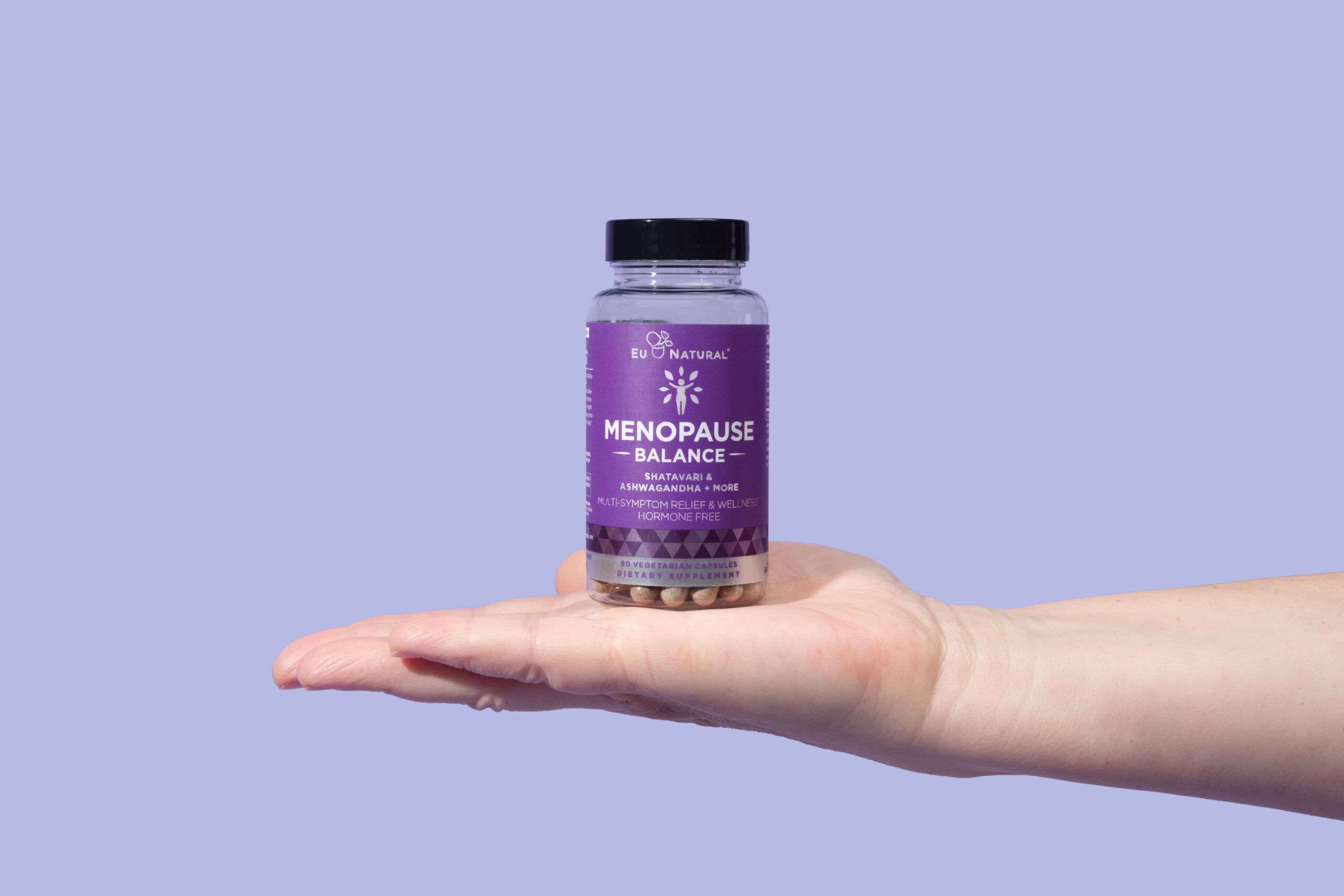Sinus sufferers have tried nearly everything for clear breathing, from over the counter pills to constant nose-blowing to nasal saline irrigation, often by using a Neti Pot.
 Via nydailynews.com
Via nydailynews.com
What’s a Neti pot, you may be wondering? As per WebMD, “A Neti Pot is a ceramic or plastic pot that looks like a cross between a small teapot and Aladdin’s magic lamp.” Sounds harmless, and it can be, as long as you use and care for it properly.
 Via organicauthority.com
Via organicauthority.com
WebMD notes, “Ear, nose, and throat surgeons recommend nasal irrigation with a Neti Pot for their patients who’ve undergone sinus surgery, to clear away crusting in the nasal passages. Many people with sinus symptoms from allergies and environmental irritants also have begun to regularly use the Neti Pot claiming it alleviates congestion, and facial pain and pressure.”
This flushing of the nasal passage provided by the Neti pot has been a godsend for those with sinus issues they haven’t been able to get rid of. As Himalayan Institute mentions, “The Neti Pot naturally cleanses, refreshes, and protects the nasal passages, one of our body’s first lines of defense against illness.”
In a world full of chemical pharmaceuticals, something natural like the Neti Pot is a refreshing and appealing choice for lots of folks who want to keep their bodies healthy and free of the artificial. But before you start the self-irrigation process, take note of the following.
 Via store.sinussupport.com
Via store.sinussupport.com
What’s In the Water!?
Just because you aren’t drinking this water doesn’t mean it shouldn’t be sterile. As per Medical Daily, “Best practice dictates you fill your Neti Pot with distilled or sterile water, which can come from an unopened bottle of water or water you’ve personally run through a home filter with a pore size of less than one micron. Alternatively, you may boil ordinary tap water for three to five minutes and let it cool until it’s lukewarm, before pouring in your Neti Pot.”
Even if you’re fine with swigging your tap water, there could be micro-organisms that would not survive in your stomach but can thrive (and harm you) in the nasal passages. According to Medical Daily, “In 2011, two unrelated deaths occurred in Louisiana, one of a 20-year-old man and the other of a 51-year-old woman, which were believed to have resulted from both using tap water (in their Neti Pots) contaminated with the extremely lethal bacteria, Naegleria fowleri.”
And My Life Stages will scare you even more… “Recent news stories have discussed rare cases in which brain infections appear to have been caused by using tap water in a Neti Pot.”
If you can afford the Neti Pot, you can splurge on super-safe and clean water to use with it. You’re trying to feel better, not make yourself even sicker.
When Was the Last Time You Cleaned It?
You need to actually clean this pot, not pile it in the kitchen sink to fester as you may your kitchen pots and pans hoping for Mr. Clean to show up and do your house chores. As per My Life Stages, “The Neti Pot should be kept clean to avoid having it become a source of germs. At a minimum, rinse the pot well after each use and let it dry. You might also consider washing out the pot with antibacterial dish soap, and scrubbing it with a brush.” You can toss it in the dishwasher too if you don’t feel like taking the manual route. Just make sure the pot you own is dishwasher-safe.
Medial Daily adds, “Pay close attention to the point where the spout connects to the pot, as salt tends to accumulate there more often.” And for heaven’s sake, do not share your Neti Pot with others. This is the one time selfishness is recommended.
As with all health-related procedures, as Himalayan Institute recommends, “If you experience any discomfort please discontinue using your Neti Pot and consult your doctor or other health care provider.”










